SEGA made a name for itself in the eighties thanks in no small part to the incredible talents of Yu Suzuki and his team at AM2. Though the company saw numerous successes throughout the decade ranging from Zaxxon to Fantasy Zone to Altered Beast, it was AM2’s innovative tetralogy of super scaler powered games that would make SEGA a big name in the arcades. From 1985 to 1987 SEGA released a crescendo of innovative mega-hits, including Hang-On, Space Harrier and OutRun, culminating with the release of After Burner.
Much like the rest of its brethren, After Burner was a resounding success, spawning numerous updates and spiritual successors. This week, we’ll be giving you a taste of what After Burner has to offer. First, we’d like to present an overview of the franchise for the uninitiated.
The Games
After Burner was originally released on July 17th, 1987 as a flagship title for the SEGA X arcade board. The SEGA X board was based on the same hardware that OutRun ran on, with improvements that allowed for twice the number of sprites and tile layers, allowing AM2 to give After Burner more enemies, on screen objects and explosions than its predecessors could have dreamed of. In addition to the more advanced visuals, After Burner also introduced a revolutionary new cabinet design, featuring a horizontally rotating seat and a vertical rotating cockpit which moved with the in-game action. The innovative cabinet design combined with the game’s cutting edge graphical technology to create one of the most exciting, immersive arcade experiences of the day. After Burner would only be ported to a single home console, the SEGA Master System.
It wasn’t long before AM2’s original After Burner effort was outdone. Released later in 1987, After Burner II was not a sequel so much as it was the definitive version of the original game. Aside from a few graphical and musical tweaks, After Burner II introduced throttle control to allow players to control their speed and added three new levels to the game, making for a total of 21 levels. After Burner II is the version of the game ported to the most platforms, reaching everything from the Genesis to the NES to the Turbo Grafix-16 to the FM Towns. This version would receive two arcade perfect ports to SEGA consoles in the mid 90s in the form of…
After Burner Complete & SEGA AGES After Burner II were released in 1995 and 1996 for the 32x and Saturn respectively. These two versions of the game are largely considered the definitive form of After Burner for consoles, featuring some minor tweaks to make the game more suitable for consoles, the most notable one being an options menu to allow for tweaks in difficulty and controls.
Despite the name, After Burner III wasn’t really a sequel to After Burner II, but was instead a port of one of After Burner’s numerous spiritual successors, Strike Fighter. Released for the SEGA CD and FM Towns in 1992, After Burner III was the only game bearing the After Burner name to feature a first person perspective. The game featured numerous additions and changes from the original Strike Fighter version of the game, with the addition of CD quality audio and video and an optional third person viewpoint.
Though it received many ports, upgrades and spiritual successors, After Burner would not receive a true sequel until nearly twenty years after its release. First released in arcades in 2006, After Burner Climax brought the franchise into the world of HD, perfecting and building on the formula that made the original game great. For more details on this game, go check out the review I wrote for it last year. After Burner Climax was later ported to the Xbox 360 and Playstation 3 in 2010, with an iOS port following in 2013.
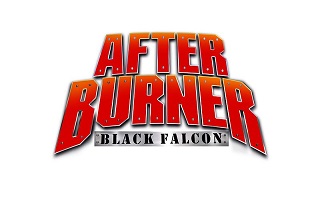 Black Falcon was the first After Burner game to feature multiplayer, to be made for consoles and to feature a genuine storyline with characters. Released for the PSP in 2007, it also stands as the last wholly original After Burner game to be released.
Black Falcon was the first After Burner game to feature multiplayer, to be made for consoles and to feature a genuine storyline with characters. Released for the PSP in 2007, it also stands as the last wholly original After Burner game to be released.
Released for the 3DS in Japan in December of last year, 3D After Burner II does not currently have a western release date. This version of the game introduces 3D visuals to the franchise, a level select that allows players to pick up from previously reached stages, as well as a mode that simulates the arcade experience with cabinet art and sounds taken directly from the machine. If Galaxy Force II is any indication, gamers are likely in for a visual tour de force if this game ever heads west.
The Spiritual Successors
Though After Burner received few genuine sequels, it did receive numerous spiritual successors that introduced new ideas to the formula. We will be going over most of them here.
G-LOC Air Battle was released in arcades in 1990 as one of the first games to run on SEGA’s new Y board. Though the game play was heavily inspired by After Burner, there were some significant differences including a first person perspective and a timer based mission structure. Rather than simply reaching the end of the course, players were now tasked with destroying increasingly large waves of enemies in a short amount of time. A special version of the game known as “G-LOC R360” took After Burner’s tilting cabinet to the next level, with a cabinet that could spin 360 degrees on all three axes. G-LOC never received an arcade perfect port but was ported to numerous platforms including the SEGA Genesis, Game Gear, Commodore 64, Atari ST, and ZX Spectrum.
G-LOC received a sequel a year later in the form of Strike Fighter. While it also featured a first person view point, Strike Fighter differed from G-LOC in one key area: rather than utilizing a mission based structure, the player simply had to survive long enough to reach the end of the course in order to continue, much like the original After Burner. Strike Fighter never received a proper port, but was released on a few platforms under the title After Burner III.
Sky Target was released in 1995 for the Model 2 arcade board, and was the first game in the After Burner franchise to utilize fully 3D polygonal graphics. Due to its use of polygons at a time when 3D capabilities of the hardware was limited, Sky Target was slower than past After Burner games, featuring gameplay somewhat more akin to Star Fox. Still, these graphics allowed for numerous set pieces not possible in previous games, including massive bosses and a level where the player flies straight down to the ground blowing up everything along the way, before swooping directly back up into the air to blow up a massive missile. Much like the other spiritual successors, Sky Target never received an arcade perfect home port, but did receive a decent port to both the Saturn and the PC in 1997.
We hope you’ll enjoy this week long celebration of After Burner! Please stay tuned for more.
Ad:
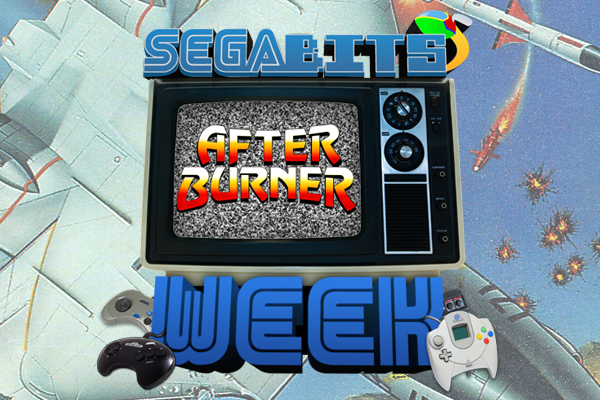
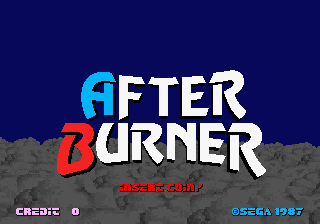
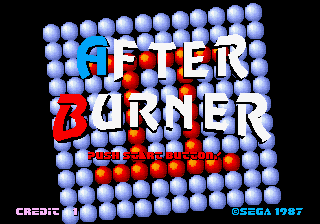
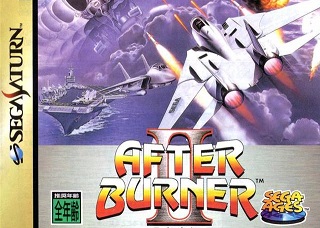
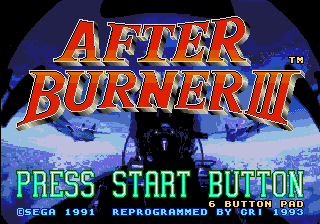
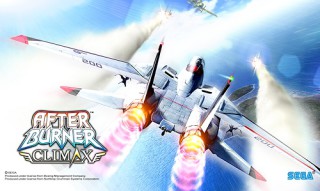
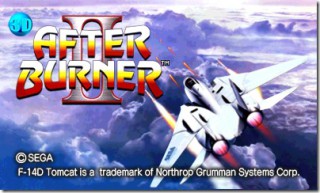
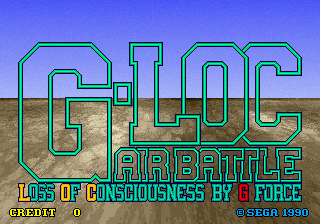
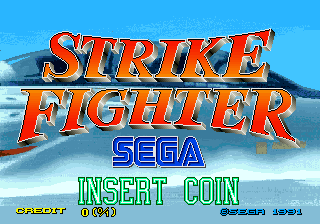
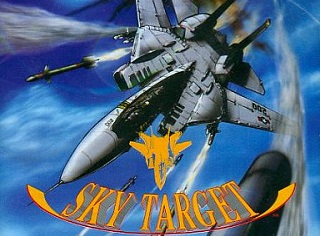



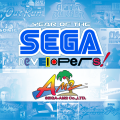
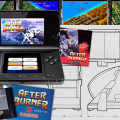
love the article so far. Keep it up.